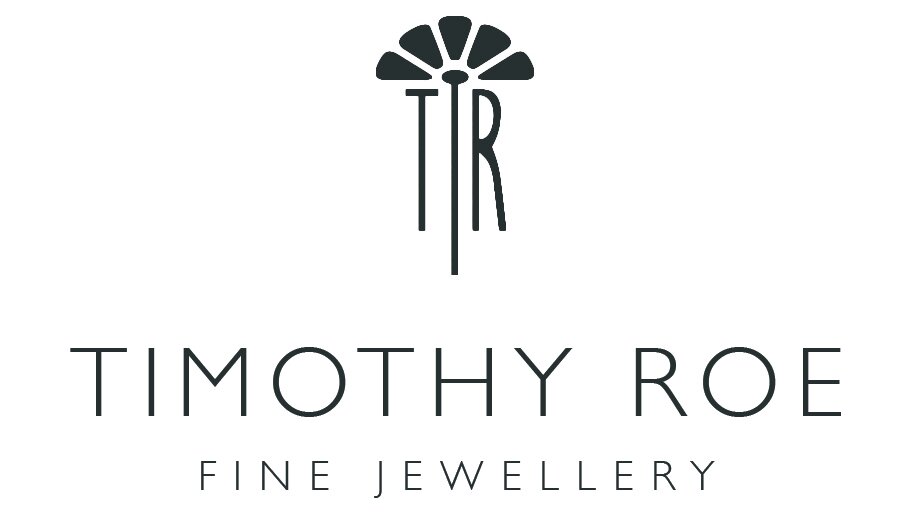What is Platinum?
A Precious and Resilient Metal
Platinum, a very heavy and precious silver-grey metal, is renowned for its unique combination of properties. Soft yet ductile, it has a high melting point of 1700°C and exhibits excellent resistance to corrosion and chemical attack. For example, its surface remains bright even after being heated to white-hot temperatures in air. While platinum readily dissolves in aqua regia, it is only minimally affected by simple acids and dissolves slowly in hydrochloric acid in the presence of air.
Platinum’s unique properties make it an exceptional choice for both luxury and practical applications. Its rare beauty, unmatched durability, and exceptional purity ensure its enduring value and desirability.
Let’s explore what makes this precious metal ideal for jewellery and conclude with a comprehensive Platinum Cleaning Care Guide to keep your pieces shining for years to come!
Rarity and Value
Platinum is significantly rarer than gold, contributing to its high value. It is denser and purer than gold—platinum jewellery often requires more of the material compared to gold, which can increase costs. To put its rarity into perspective, all the platinum ever mined would only fill an Olympic-sized swimming pool to ankle depth, while all the gold ever mined could fill three such pools. The United States pours more steel in a single day than the total amount of platinum produced worldwide in a year. — The Plumb Club on platinum https://plumbclub.com/platinum-facts/
Durability and Strength
Platinum’s remarkable durability and density—it is 60% denser than gold—make it ideal for secure settings in jewellery, ensuring stones remain safely in place. Unlike gold, platinum doesn’t wear down or flake but instead moves like clay, preserving its mass over time. Its hardness and resistance to wear make it an excellent choice for bridal jewellery, which accounts for 56% of platinum sales in the U.S.
Unique Appearance and Maintenance
Platinum, although branded as a white metal, has a silvery-grey colour that develops a distinctive satiny patina over time, adding to its character. Unlike white gold, platinum does not require rhodium plating to maintain its appearance. Owners can choose to keep the patina or have the metal professionally polished to restore its original shine.
Purity and Hypoallergenic Properties
One of the purest metals, platinum is typically 95% pure (950 parts per 1,000) with the remaining 5% often being platinum-cobalt. This high purity makes it hypoallergenic and suitable for sensitive skin. Its non-reactive nature also makes it indispensable in critical applications, such as the electrodes in the 600,000 heart pacemakers implanted annually.
Uses Beyond Jewellery
Beyond its prominence in jewellery and dental alloys, platinum is valued in industrial applications. It is used in electrical contacts and sparking points due to its ability to withstand the high temperatures and chemical stress of electric arcs. Interestingly, platinum is more abundant in meteorites and on the moon than on Earth.
Cost Considerations
Historically, platinum has been more expensive than gold, but the dynamics have shifted as gold prices have surged, surpassing platinum in recent years. This does not mean platinum has decreased in value; rather, gold prices have risen more dramatically. Market fluctuations make this relationship unpredictable, so the relative affordability of platinum may not last.
A Historic Discovery
Platinum was first identified in the alluvial deposits of the Río Pinto in Colombia. The Spaniards, struck by its resemblance to silver, named it "platina del Pinto” translated as “little silver.” Since then, it has earned a reputation for unparalleled durability, rarity, and beauty.
Cleaning Care for Platinum:
For plain platinum bands and diamond set platinum jewellery feel free to use this guide for light cleans in between professional level ones—for other gemstones please ask us for cleaning advice as many gemstones are more delicate and can’t be exposed to certain cleaning agents and even water.
Simple Cleaning at Home:
Materials Needed:
Mild dish soap
Warm water
Soft-bristled baby toothbrush
Soft cloth or microfiber towel
Steps:
Mix a few drops of mild dish soap in a bowl of warm water.
Soak the jewellery for 15-20 minutes or longer for stubborn build up.
Gently scrub with a soft toothbrush, paying attention to intricate areas. (Do not use electric toothbrushes or toothpaste! You need to be able to control the pressure and high speeds and aggressive brushing can damage claws.)
Rinse thoroughly with warm water.
Pat dry with a soft cloth.
Professional Level Cleaning:
Level 2 Service
Platinum develops a natural patina over time, resulting in a sophisticated matte finish. If you prefer the brilliant look of a high-gloss polish, let us help!
Our Level 2 Service includes:
Professional Polishing: Restores the dazzling shine of your platinum jewellery.
Thorough Cleaning: Cleans the stones to bring out their sparkle.
Detailed Inspection: Checks claws and settings to ensure your gemstones are secure.
We finish with a heavy polish, leaving your jewellery looking as stunning as the day you first wore it. Visit us to rejuvenate your treasured pieces!




